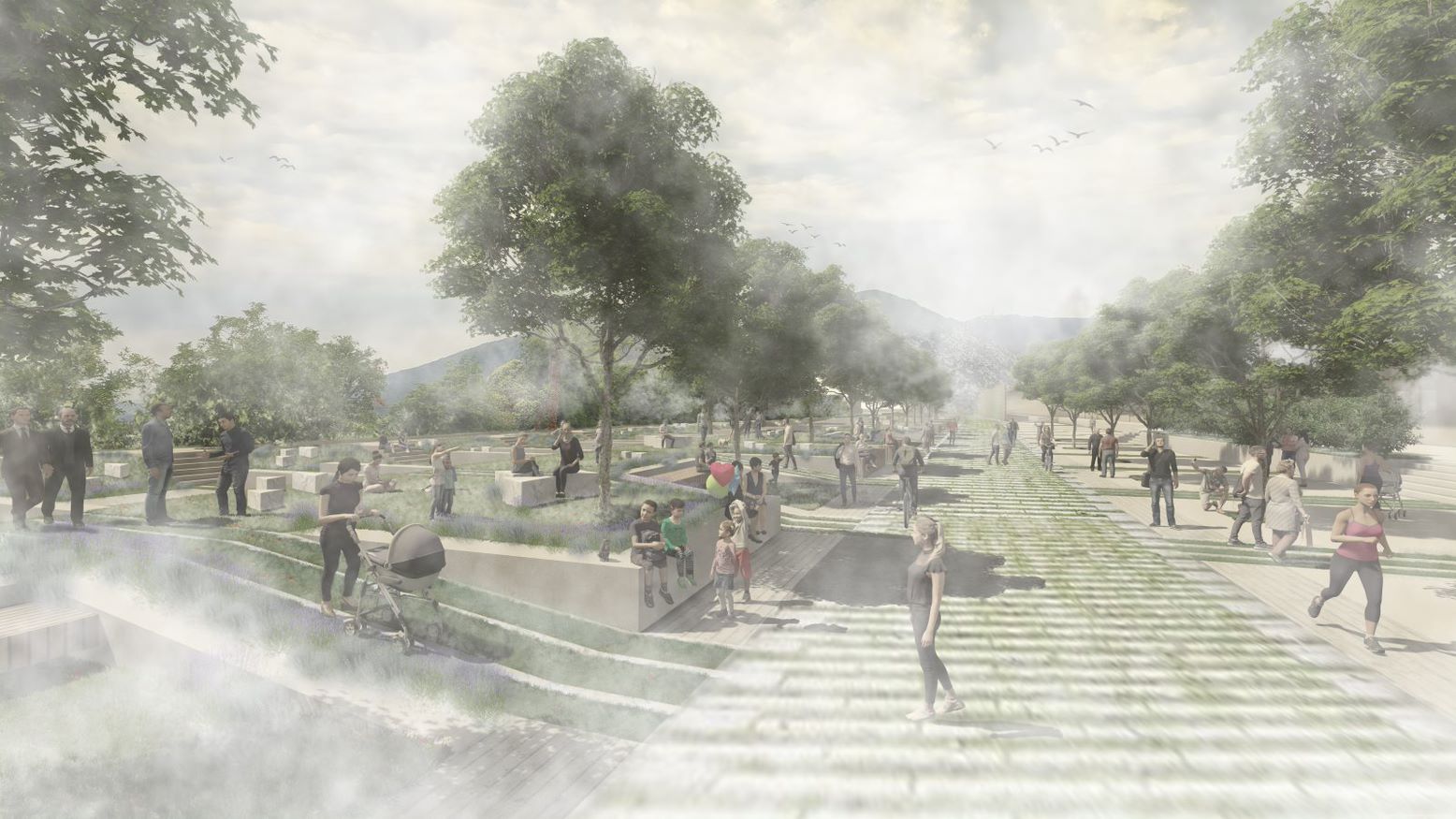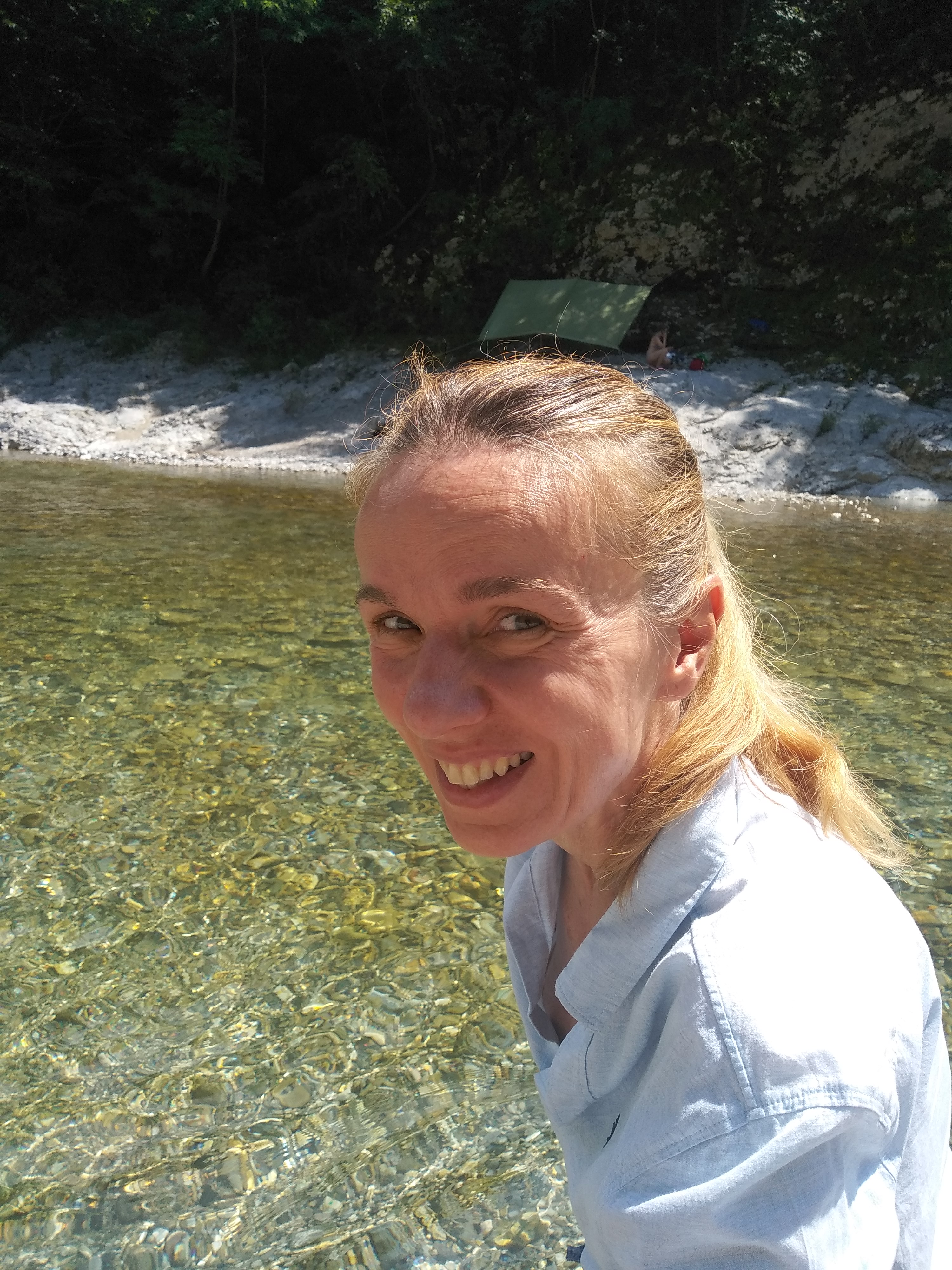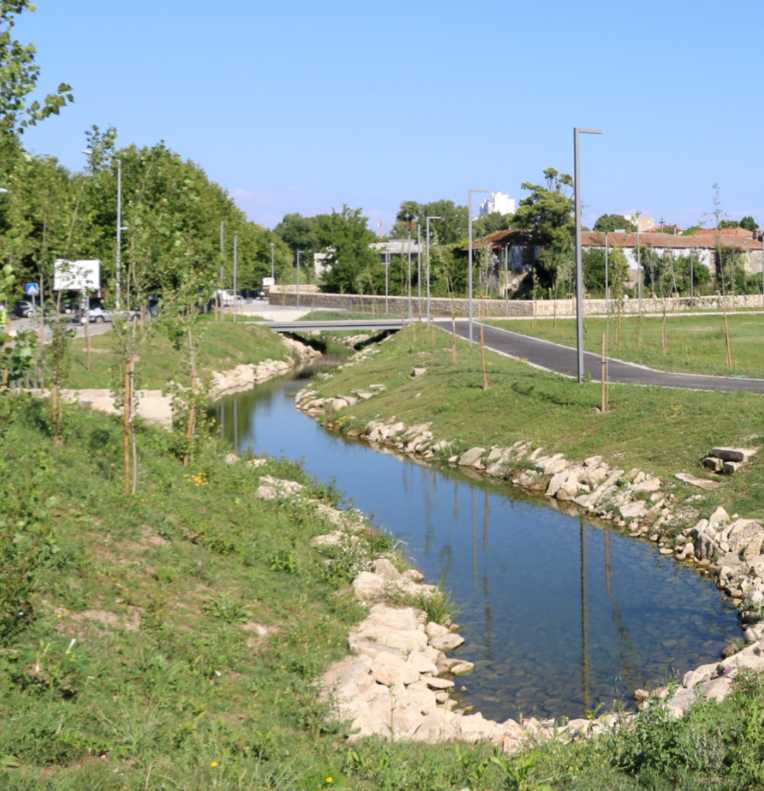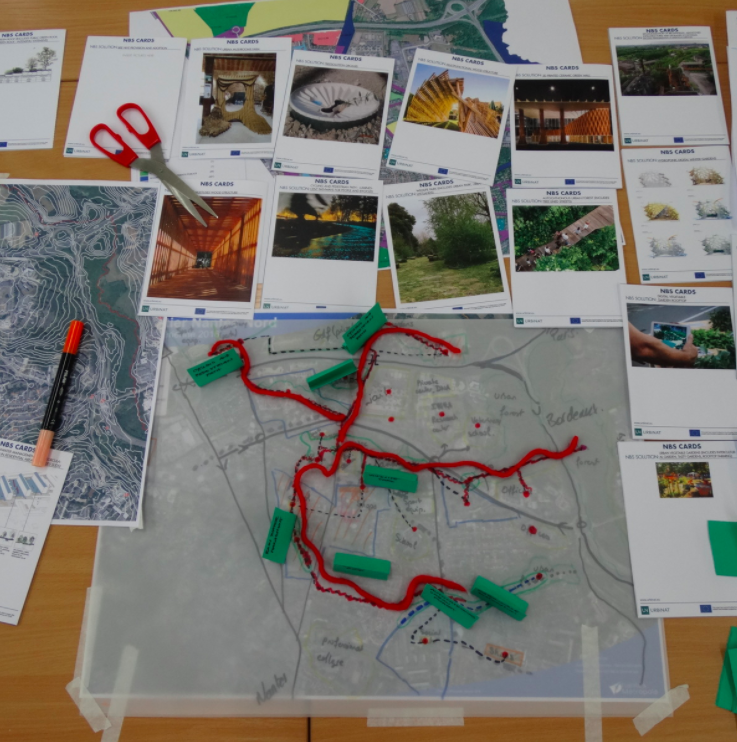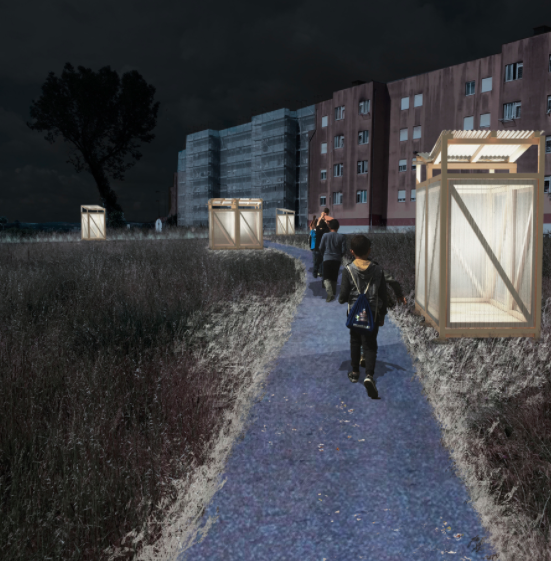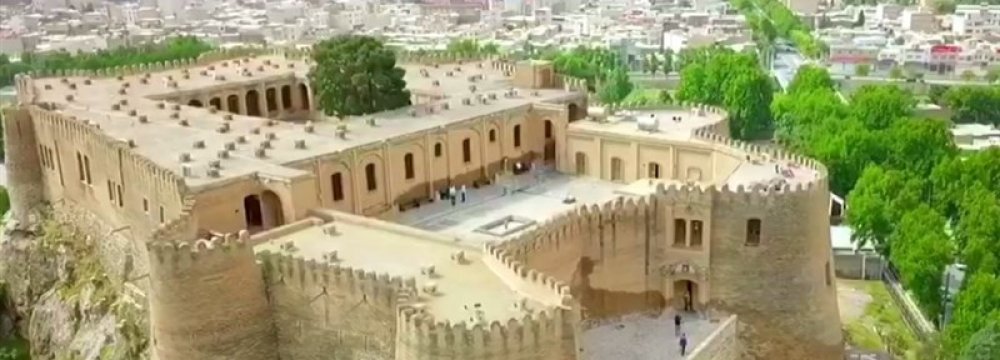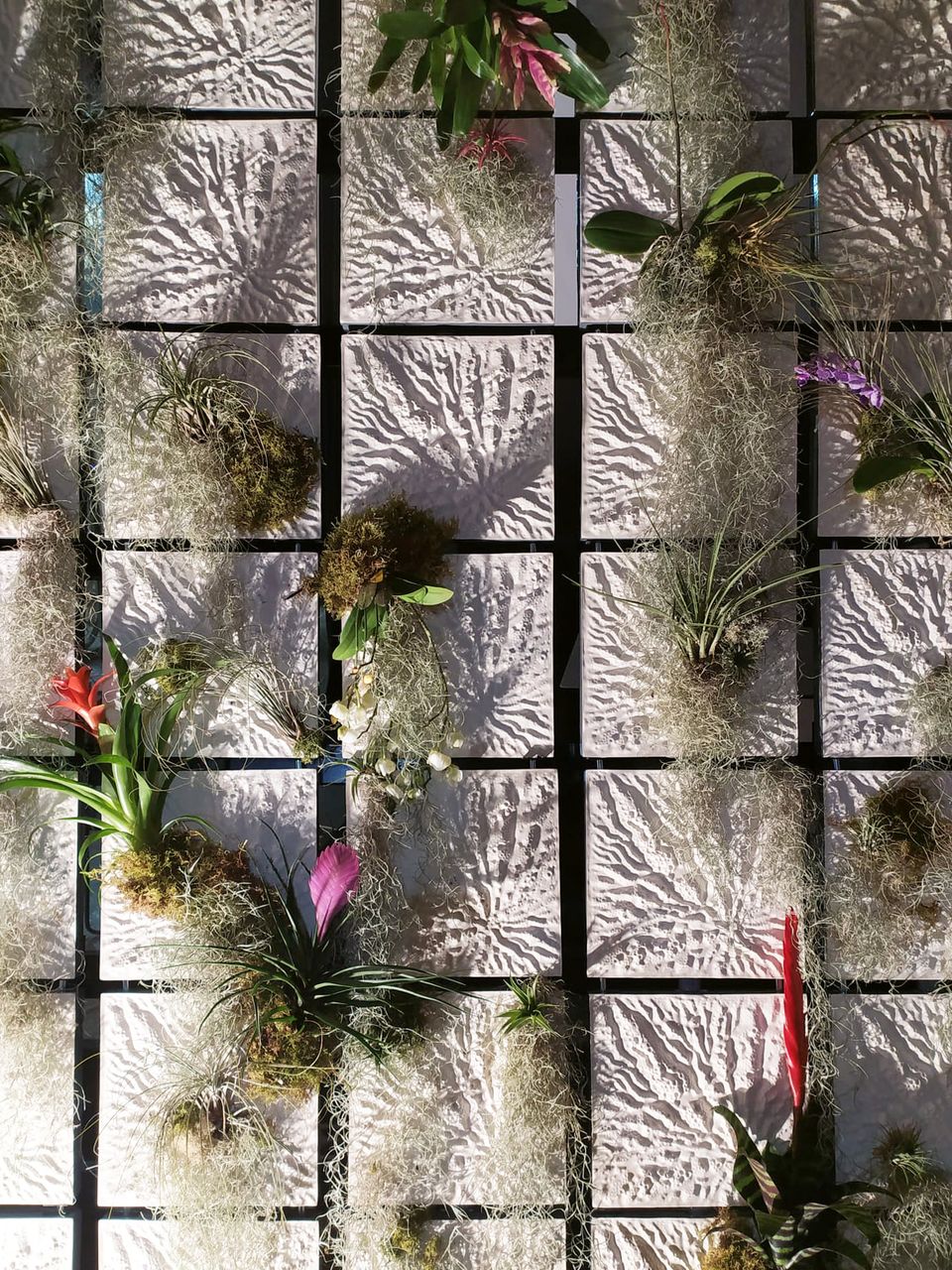Nova Gorica‘s designation as the European Capital of Culture in 2025 is a significant opportunity for the city to showcase its rich cultural heritage, but also how its citizens are working on the connections between Culture and Nature-Based Solution (NBS) – notably as part of the URBiNAT project. Under the local guidance of Professors Saša Dobričić and Marco Acri at the University of Nova Gorica, and with the support of numerous local stakeholders including city planners, ecologists, economists and volunteer citizens, the URBiNAT project has served as a catalyst for a new way of thinking and doing things together, with a vision for a more sustainable, prosperous and healthy city, which recognises the connections between NBS and cultural heritage.
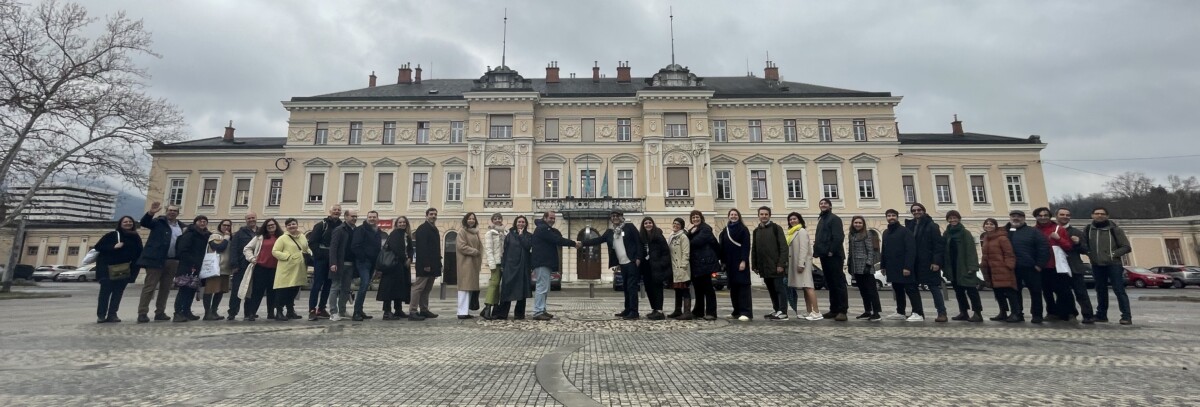
Nova Gorica URBiNAT Consortium meeting, March 2023
URBiNAT’s Holistic Approach
Since 2018, URBiNAT has been advocating in favour of NBS as a means to address urban challenges. In Nova Gorica, on the Italo-Slovenian border, URBiNAT consortium members have been particularly focused on the co-creation of a Healthy Corridor while preserving cultural heritage. The city’s embrace of this novel approach reflects its commitment to creating urban environments that prioritize the health and well-being of both residents and nature.
Professor Saša Dobričić, an architect and sociologist at the University of Nova Gorica, has been instrumental in bridging the gap between NBS and cultural heritage. Her publications over the past five years (available on the publications page of this site) emphasize the integration of NBS into the project to create a unified and sustainable urban system that not only enhances well-being but also a sense of belonging and historical connection. For his part Professor Marco Acri has guided the local implementation of the project toward the practical implementation of NBS while respecting and protecting the city’s cultural heritage. Acri’s vision is in line with URBiNAT’s goal of creating resilient and sustainable cities that draw on their history and cultural identity.
NBS and Cultural Heritage in Nova Gorica
The fusion of Nature-Based Solutions and cultural heritage in Nova Gorica is exemplified by the co-creation of a Healthy Corridor along the course of the River Koren. This green and blue infrastructure network can be seen as a testament to Nova Gorica’s commitment to nurturing its natural environment. The Healthy Corridor will not only enhance the quality of life but also improve air and water quality, increase biodiversity, and promote social cohesion—all while paying homage to the city’s rich heritage.
URBiNAT Consortium Meeting: A Cultural Nexus
In March 2023, Nova Gorica was host to an URBiNAT Consortium Meeting which was an opportunity for consortium members and local stakeholders to consider the connections between NBS and cultural heritage. Workshops, reviews of selected Nature-Based Solutions, and immersive walkthroughs of the Healthy Corridor under co-construction were organised over the course of three days.
Towards the Capital Culture 2025
Over the past five years, the co-creation of the Healthy Corridor along the River Koren encapsulates this synergy, ensuring that Nova Gorica’s cultural roots remain firmly embedded in its sustainable and vibrant future.
Update on the Nova Gorica URBiNAT implemention
Extract from an article published on the website of Nova Gorica European Capital of Culture 2025: https://www.go2025.eu/en/
🇮🇹 La zona verde “senza confini” tra le due città offre spazio per l’ubicazione di alcuni dei progetti previsti nel bid book ECOC 2025, affrontando allo stesso tempo in modo funzionale la mobilità simultanea di pedoni/visitatori, ciclisti e traffico motorizzato. La professoressa Saša Dobričić, architetta dell’Università di Nova Gorica, sottolinea: “Il principio di progettare la cintura verde come una traiettoria lineare urbano-paesaggistica dell’agglomerato si basa sul collegamento e sull’integrazione del contenuto dei progetti nel libro di candidatura con i principi di progettazione di soluzioni basate sulla natura, che sono già stati sviluppati in modo partecipativo nel progetto europeo Urbinat per il più ampio sistema verde dell’agglomerato.”
Leggi l’articolo completo QUI
🇬🇧 The “borderless” green zone between the two cities provides space for the location of some of the projects envisioned in the ECOC 2025 bid book, while at the same time functionally addressing the simultaneous mobility of pedestrians/visitors, cyclists, and motorized traffic. Professor Saša Dobričić, an architect at the University of Nova Gorica, emphasizes, “The principle of designing the green belt as a linear urban-landscape trajectory of the agglomeration is based on linking and integrating the content of the projects in the bid book with the principles of designing nature-based solutions, which have already been developed in a participatory way in the European Urbinat project for the wider green system of the agglomeration.”
Read full article HERE


